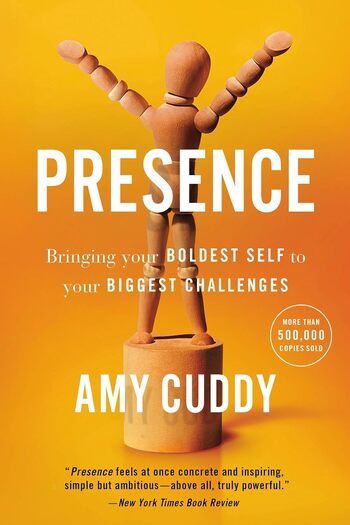
Dan Pink’s ‘When’ explores the science of timing, emphasizing how our daily rhythms impact productivity, decision-making, and creativity. He offers strategies to align tasks with peak times for optimal outcomes.
Main Lessons
- Timing significantly influences productivity, creativity, and decision-making.
- Our internal circadian rhythms dictate daily highs and lows in mental ability.
- The trough, typically between 2-4 p.m., is when errors are most likely.
- Naps as brief as 10-20 minutes can restore alertness for several hours.
- The Nap-a-Chino combines caffeine with a nap for a powerful refresh.
- Avoid important tasks during the trough; save them for peak or rebound periods.
- Logical work is best performed in the morning; insight work in the late afternoon.
- Chronotypes, or individual variations in daily rhythms, affect timing for optimal work.
- Approximately 25% of people have a late chronotype, thriving creatively in the morning.
- Scheduling tasks to align with biological rhythms enhances performance and reduces mistakes.
- Understanding one’s personal rhythms can lead to better work-life balance and productivity.
- Adapting schedules based on chronotypes can improve efficiency and creativity.
- Work environments can benefit from flexibility that accommodates various chronotypes.








